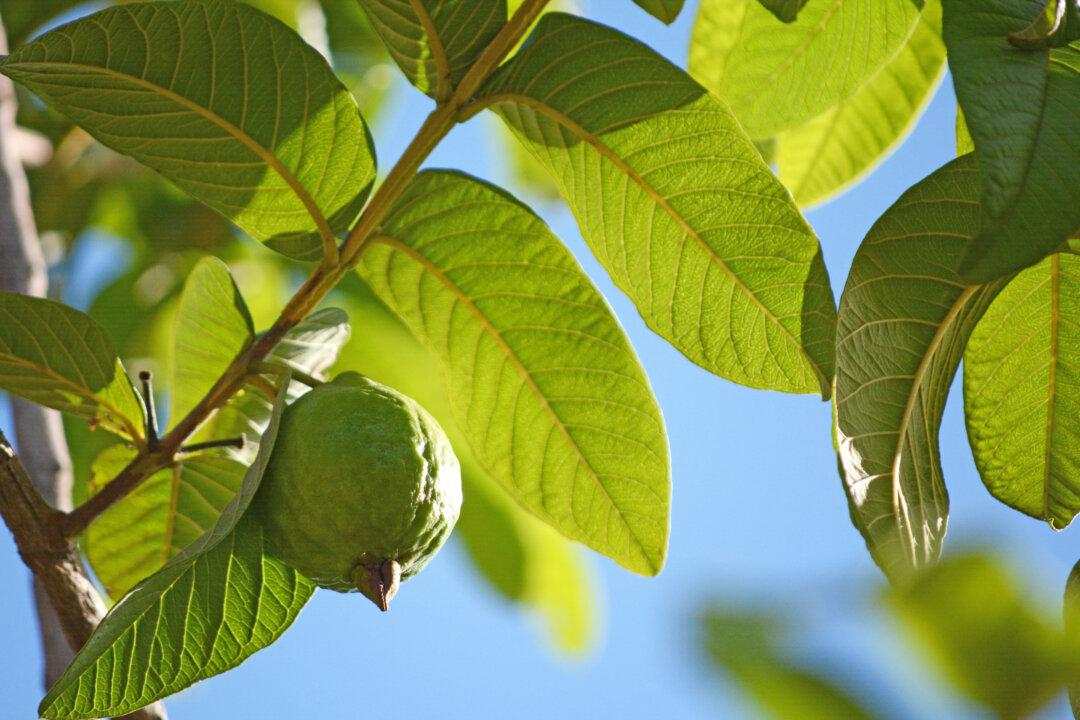With hazelnuts as part of your daily diet, optimal health isn’t such a hard nut to crack. Here are five science-backed benefits of this popular snack and versatile food ingredient
Nuts are a nutrient-dense food that contain healthy fats, protein, fiber, minerals and phenolic compounds. They are thought to offer wide-ranging cardiovascular and metabolic benefits and can be readily integrated into a balanced diet.





